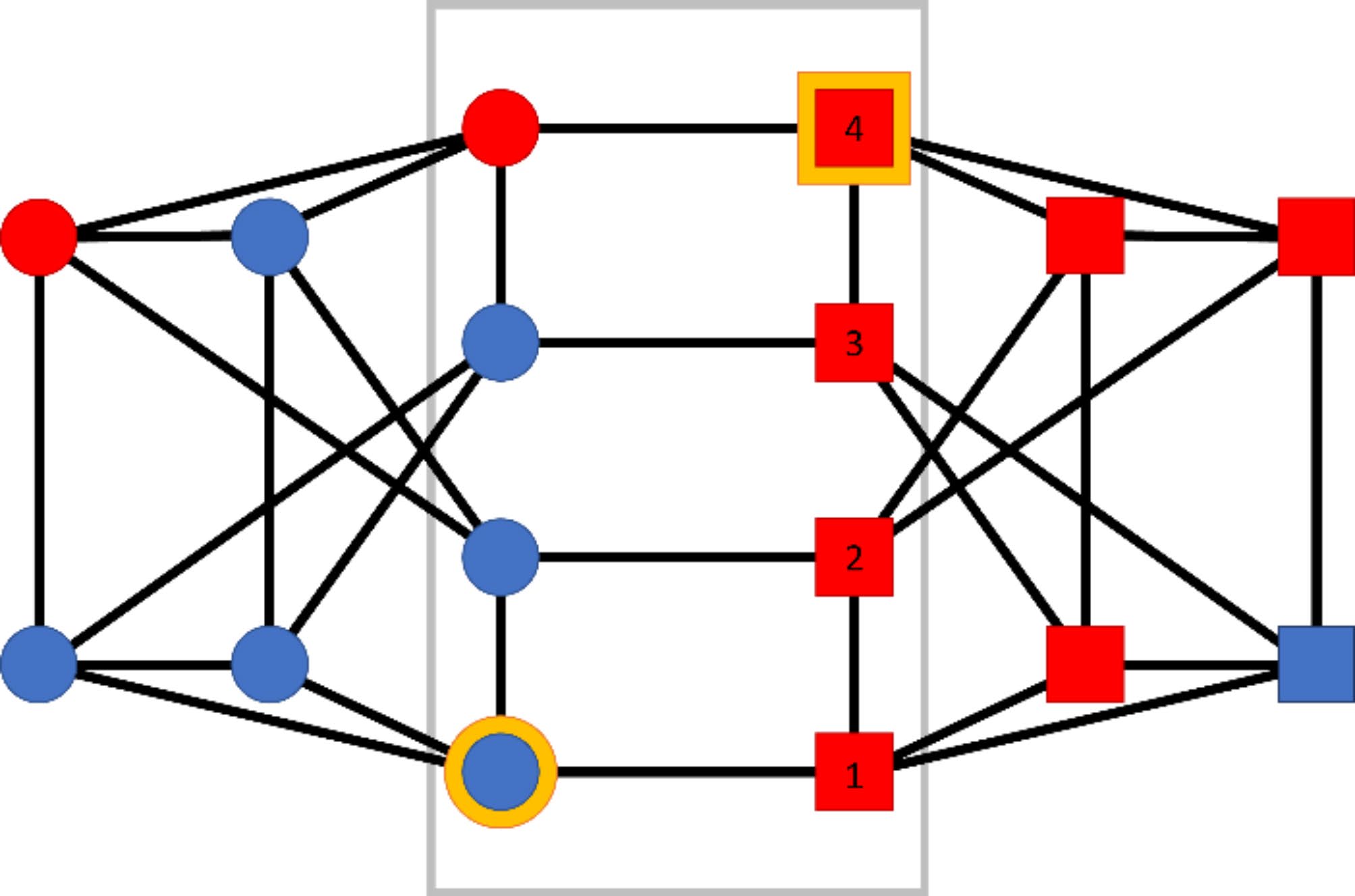
Bringing leaders of network subgroups closer together does not facilitate consensus
Abstract
Consensus formation is a complex process, particularly in networked groups. When individuals are incentivized to dig in and refuse to compromise, leaders may be essential to guiding the group to consensus. Specifically, the relative geodesic position of leaders could be important for reaching consensus. Separately, groups searching for consensus can be confounded by noisy signals in which individuals are given false information about the actions of their fellow group members. We tested the effects of the geodesic distance between leaders (geodesic distance ranging from 1 to 4) and of noise (noise levels at 0%, 5%, and 10%) by recruiting participants (N = 3,456) for a set of experiments (n = 216 groups). We find that noise makes groups less likely to reach consensus, and the groups that do reach consensus take longer to find it. We find that leadership changes the behavior of both leaders and followers in important ways (for instance, being labeled a leader makes people more likely to ‘go with the flow’). However, we find no evidence that the geodesic distance between leaders is a significant factor in the probability of reaching consensus. While other network properties of leaders undoubtedly affect consensus formation, the distance between leaders in network subgroups appears not to matter.
Citation:
Matthew I. Jones, Nicholas A. Christakis. Bringing leaders of network subgroups closer together does not facilitate consensus. Scientific Reports, Dec 4;14(1):30183.